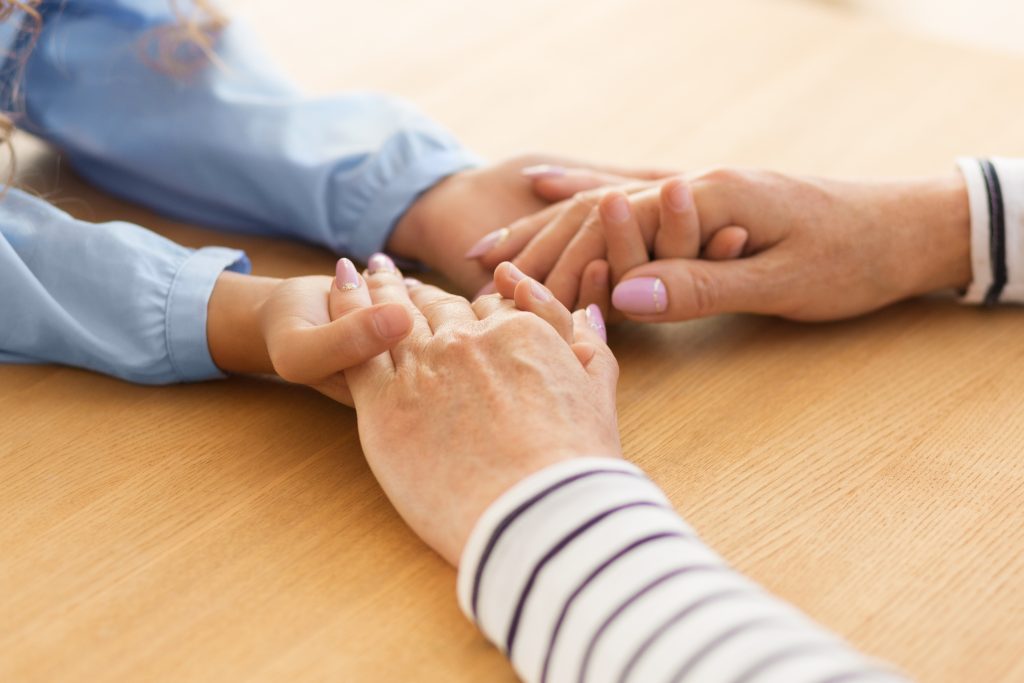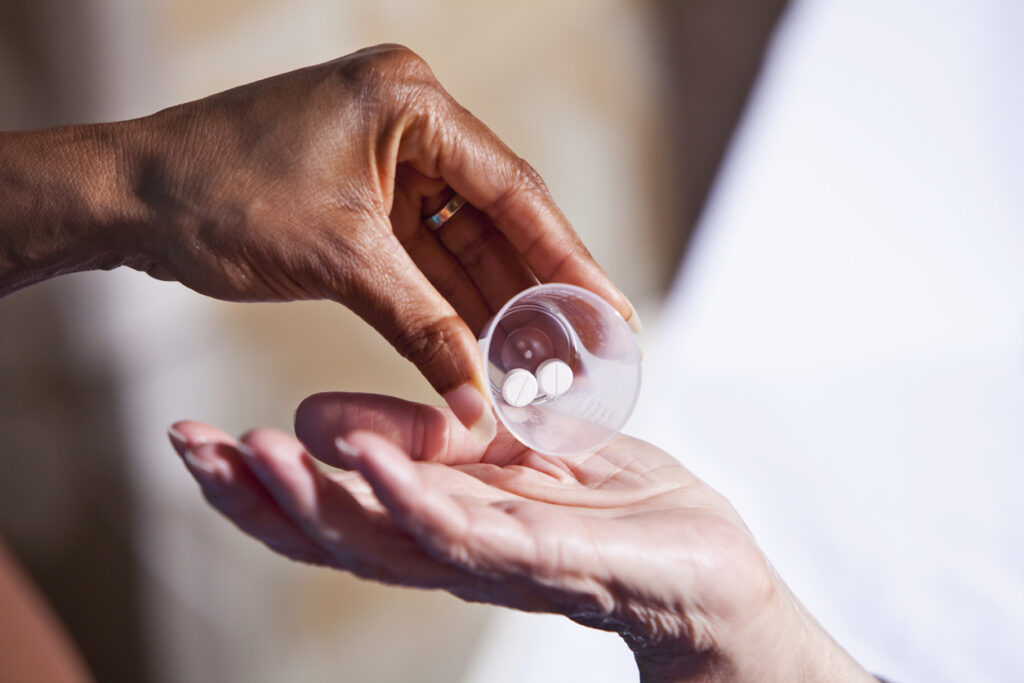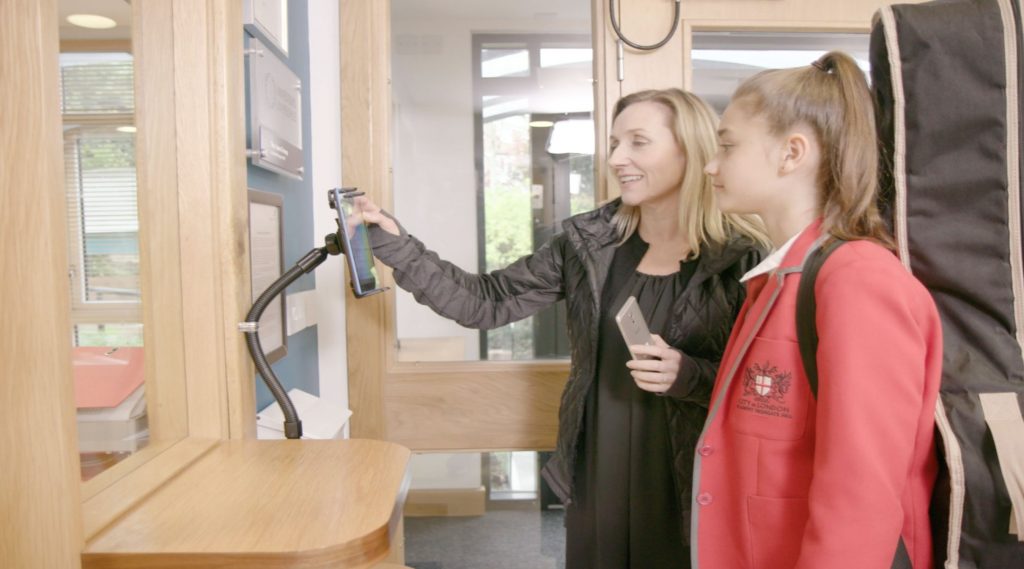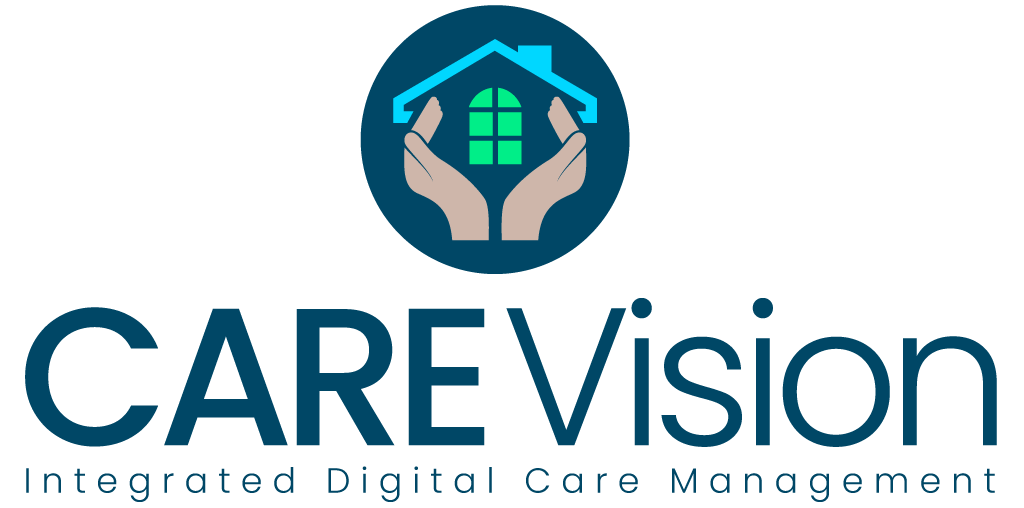The safety and security of residents must always be the top priority of any care home owner or manager. People who require help with their social or nursing care to the extent that they have moved into supported living or residential care tend to be more vulnerable than others and so need enhanced protection. The good news is that extensive advice, guidelines and protocol for safeguarding in care homes is available online to help residential home owners look after the interests and safety in care homes.
Keeping Care Home Residents Safe
The National Institute for Health and Care excellence (NICE) has published extensive resources to inform and support protocols for safeguarding in care homes. Safeguarding in a care home is all about protecting all people’s health and wellbeing, security, privacy and human rights in care home. Key areas include protection from abuse, neglect, medical negligence, unwanted visitors and personal data leaks. All of these areas are extremely important.

Using care home management software can really help in each area. This is because data is kept securely away from prying eyes. Details of medical treatments, therapies, staff concerns, family complaints and residents’ personal preferences are all accessible in one place. They are also easy to download for external scrutiny where necessary.
Here are some more advice around safeguarding in care homes in specific areas.
1· Abuse, Neglect and Intentional Harm
Of course, it is unthinkable to the vast, vast majority of care workers to consider behaving in a harmful or abusive way towards the people in their care. However, incidences of abuse, theft, malnutrition, neglect and withholding medical treatment can and do happen, often with tragic results. The best way to prevent anything like this from occurring is to operate with full transparency, honesty and accountability.
If it is harder to keep secrets or cover incidents up, people will be less inclined to try. An open, non-judgemental working environment can also encourage staff to report any concerns they may have sooner rather than later. Being able to track external visitors, care updates and incident reports online can also help build a fuller picture for each resident and their time living in the care home. Ensuring all staff apply for a current DBS check can also help keep residents safer and better protected.
2· Medical Negligence
Again, it is not the intention of most medical staff to give anything less than the best possible medical care. However, mistakes can happen and can lead to serious medical complications or even death. Once again, there are several measures that care homes can put in place to mitigate against such risks and ensure proper safeguarding in care homes. Make sure that sufficient staff are on rota to support each other, handle emergencies if they arise and avoid anyone becoming overwhelmed or overtired.

One way to improve medical safety in care homes is to provide appropriate training, with refresher healthcare courses for staff who are required to administer medication, therapies or medical treatment. Others include maintaining strong links with local hospitals and emergency medical professionals. Use care home management software to record allergies, medical history, existing conditions and choices around end-of-life care or any cultural or religious considerations.
3· Visitor Security
Care homes can receive a lot of visitors over the course of even one week. These can include families and friends coming to see residents. There could also be visits from entertainers and other external groups, medical professionals, hairdressers, dentists, chiropodists and more. It is vital to know who is on site, why they are there and how long they intend to stay.

For optimum safety in care homes, people should be asked to produce ID, industry-approved certification, DBS clearance or evidence of a negative LFT to help prevent an COVID-19 outbreak. While these checks may seem time-consuming, they are a crucial part of a care home’s security. Never let anyone in whom you are not expecting, or are not known to you or your staff. Genuine visitors will not mind the additional checks required to keep residents and staff safe.
4· Privacy, Personal Security and Data Protection
Lastly, safeguarding in care homes also means safety of residents in terms of privacy breaches, cyber security threats, data leaks and ID fraud as much as anyone else. GDPR rules that came into force in 2018 added extra layers of protection to personal data, limiting what organisations are able to do with personal details and laying out specific rules for storing them safely.

That is where secure, password-protected care home management software can really help. It removes the need for paper-based records, which can be compromised more easily than Cloud-based record-keeping. The same goes for sensitive staff data too, including salary details, HR records and private home addresses.





